
What are Nasal Polyps?
Nasal polyps are benign growths affecting the surface of the nasal cavity or the sinuses. These tumors may be of different size and color (yellowish, green or pink). Also, there may be one polyp or several at the same time creating a small bunch resembling grapes on a stem. Nasal polyps originate from the mucous membrane of the nasal cavity and sinuses. They generally develop as a response to certain irritation like the one associated with allergic rhinitis. The very presence of nasal polyps may interfere with breathing while tumors themselves are practically painless.
Nasal polyps are classified into antrochoanal polyps that originate from the maxillary sinus and ethmoidal polyps which form in the ethmoid sinuses and then extend to the nasal cavity. As for difference of these two types of polyps, antrochoanal polyps predominantly affect children, are single and located on one side while ethmoidal polyps tend to be multiple, bilateral and are typically found in adults.
In most cases nasal polyps are blamed for repeated nasal blockage and associated health issues such as sinusitis and anosmia. Their presence may additionally precipitate headaches. Although nasal polyps can be easily removed they tend to reoccur.
Scientists have not managed to explain why nasal polyps form in the first place. Still, there is a connection between these benign growths and certain conditions affecting the mucous membrane of the nasal cavity. Namely, non-allergic adult asthma, cystic fibrosis, Aspirin intolerance as well as allergic rhinitis may all occur prior to nasal polyps and are somehow related to these benign growths. Furthermore, nasal polyps affect more individuals suffering from Kartagener's, Young's and Churg-strauss syndrome. On the other hand, there is absolutely no connection between nasal polyps and the same structures that affect the colon and the uterus. Finally, nasal polyps affecting only one side of the nasal cavity that reoccur once they have been removed should not be taken lightly because they may actually be an intranasal tumor.
According to statistical data 1 out of 100 people will develop a nasal polyp in his/her life. The tumor is reported more in people over 40 years of age. Also, men seem to be affected more.
Surgery as a Good Option
Both conservative and surgical approach are engaged in treatment for nasal polyps. Topical steroids are used initially, when polyps are small and do not cause any serious problems. However, since steroids have many side effects and surgery for polyps of this kind is not that complex, most patients are treated surgically. Surgery is especially indicated if nasal polyps are large. There are two surgical approaches, polypectomy and endoscopic sinus surgery. The former includes excision of the polyp which is achieved through the nostrils while patients are under local anesthesia. The latter is indicated when there are many polyps, in case they are large or cause serious blockage to the sinuses.
Most surgeons opt for endoscopic sinus surgery. It allows adequate insight in the inner surface of the sinuses which is simply achieved with a tiny camera. There are no large cuts and opening of various structures of the face in order to reach the particular sinus. This way surgery becomes much safer and the outcome is great. Prior to the procedure patients undergo thorough preoperative evaluation. Endoscopic surgery generally takes place in an ambulatory setting. The entire procedure lasts no longer than an hour while recovery takes between 1 and 3 weeks.
The surgeons choose between local anesthesia accompanied by sedation or general anesthesia. During the procedure, it is essential to pay close attention and not to damage any structure of the orbit or the surrounding nerves which may result in irreversible sequelae. Additionally, by preoperative visualization of the face, nasal, cavity and sinuses which is achieved by CT scan the surgeon gets fully informed about relation of all the structures in the operated area.
Furthermore, prior to the surgery all patients are informed about potential complications such as damage to orbital structures, postsurgical leakage of cerebrospinal fluid and bleeding from the nearby arteries. They should also be familiar with the fact that in spite of successful surgical resection polyps may reoccur.
By proper selection of patients and suitable surgical approach both doctors and patients can be satisfied with postoperative results. Practically all the associated symptoms are eliminated and patients may breathe normally again. However, since there is a risk of polyp recurrence it is best to check whether there are underlying conditions that might have triggered the formation of the removed polyp. So, if a person is confirmed to suffer from allergies, asthma and similar medical conditions, he/she must receive adequate treatment. By controlling these illnesses the risk of polyp recurrence may significantly decrease.
And finally, there are several more treatments that are still being investigated but might be of great help in future. They include chemical mediators, substances acting against fungi, leukotriene and interleukin inhibitors.


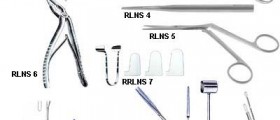



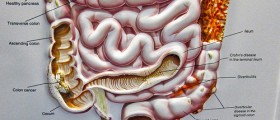



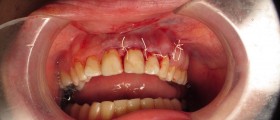

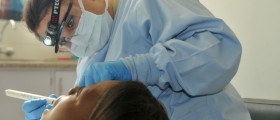



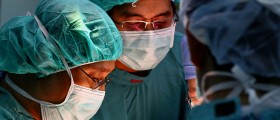
Your thoughts on this
Loading...